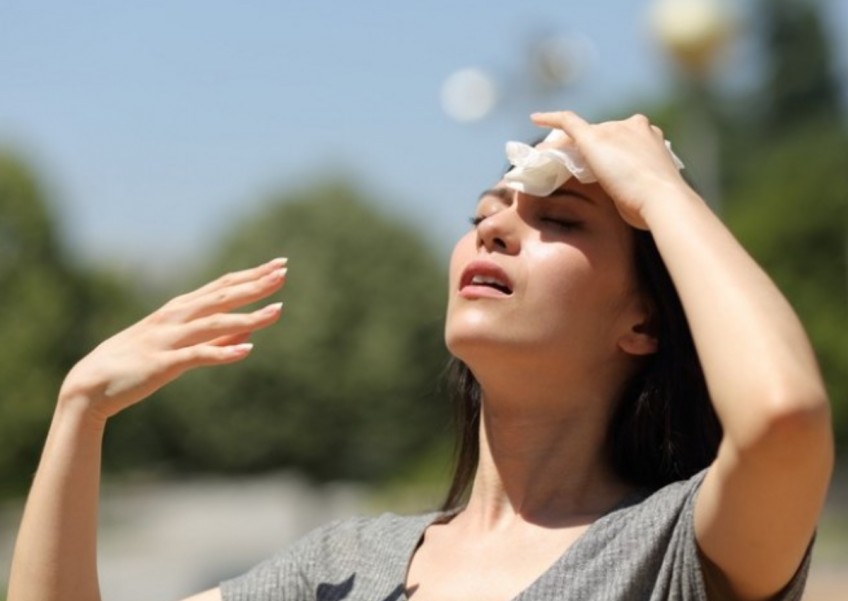Hot topic: Symptoms of heat stroke and how to prevent it

What do tourist numbers to Singapore, local library visitorship, and temperatures on our Little (Flaming) Red Dot have in common? They’re all on the rise. But while the first two are met with generally positive sentiments, the latter comes with more sinister implications.
As the mercury goes up in Singapore, so does the risk of heat stroke, a condition that occurs when the body's internal temperature rises to a dangerous level. This can happen when you are exposed to high temperatures and humidity for an extended period of time. When the body's internal temperature reaches 40°C or higher, it can lead to damage to vital organs such as the brain, heart, and kidneys. Heat stroke is a medical emergency that requires immediate attention.
There are several factors that can increase your risk of heat stroke, including:
1. High temperature and humidity: When the temperature and humidity are high, your body has a harder time regulating its internal temperature. On 4 April, Singapore experienced its hottest day of the year, with a high of 35.9°C recorded in Paya Lebar, The Straits Times reported.
2. Dehydration: When you are dehydrated, your body is less able to sweat, which is one of the ways the body cools itself.
3. Age: Infants, children, and older adults are at a higher risk of heat stroke because their bodies are less able to regulate their internal temperature.
4. Certain medications: Some medications can make it harder for your body to regulate its internal temperature, making you more susceptible to heat stroke.
@wonderwallsg Prevent heatstroke and keep 🆒 with these tips and tricks. #sg #singapore #hot #weather #heat #heatstroke #selfcare #tips ♬ Lazy Sunday - Official Sound Studio
1. Stay hydrated: Drink plenty of water and other fluids, such as sports drinks or coconut water, to stay hydrated. Eight glasses a day (about two litres) is a useful guide in general, but according to HealthHub, you will need more water if you exercise, perspire a lot, are pregnant or breastfeeding, or are ill. Top tip: Drink enough so that your pee several times a day, and your pee is pale and odour-free.
2. Dress appropriately: Wear light-coloured, loose-fitting clothing made from breathable fabrics such as cotton.
3. Avoid the sun: Try to stay out of direct sunlight during the hottest parts of the day, which are typically between 11 am and 3 pm.
4. Take breaks: If you are working or exercising outside, take frequent breaks in a shaded or air-conditioned area.
5. Use sunscreen: Apply sunscreen with a high SPF to protect your skin from the sun's harmful rays.
It's important to be able to recognise the symptoms of heat stroke, so you can take action quickly if you or someone else is experiencing them. Symptoms of heat stroke include:
If you or someone else is experiencing symptoms of heat stroke, it's important to take action quickly. Here's what you should do:
ALSO READ: The health risks of extreme heat
This article was first published in Wonderwall.sg.